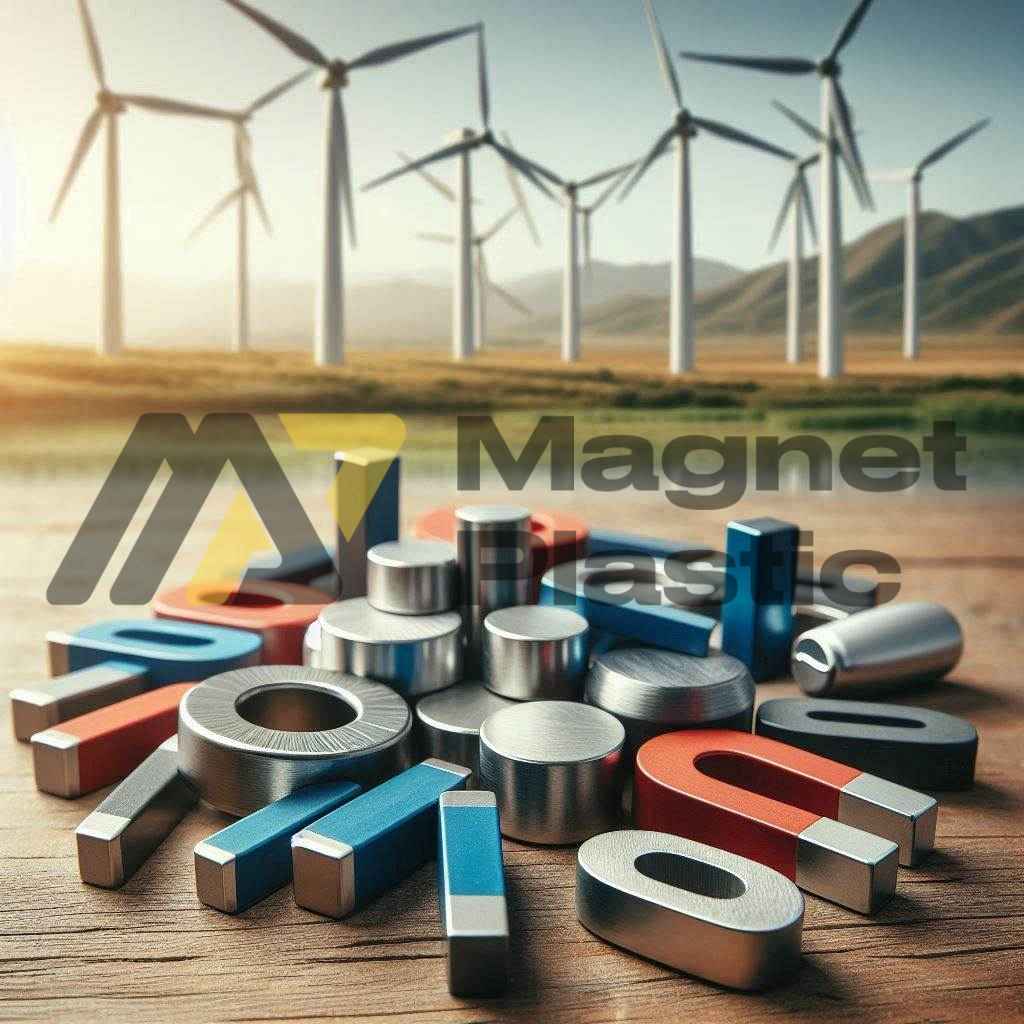Permanent Magnets in the Wind Energy Sector
Permanent magnets play a crucial role in the wind energy sector, as they are used in various processes of electricity generation. In particular, neodymium magnets are essential for the operation of rotors in electricity generators.
Wind energy is a renewable source that harnesses the kinetic energy of the wind to convert it into electricity. This process involves a series of components, among which magnets play a fundamental role in optimizing the efficiency and performance of wind turbines.
Benefits of Using Permanent Magnets in Wind Energy
The use of permanent magnets in wind energy generation allows for a significant improvement in electricity production. These magnets help reduce manufacturing and maintenance costs of turbines, facilitating the creation of highly efficient components in a simplified manner.
One of the main benefits of these magnets is their ability to operate without requiring a complex connection, allowing for a readily available motor system at any time. Additionally, permanent magnets act as a protective mechanism against external disturbances that may affect the operation of energy generators.
Another notable advantage is their versatility, as they can be used in both direct and indirect transmission systems. Furthermore, they can withstand high speeds without losing efficiency or deteriorating quickly, making them ideal for wind energy applications.
Applications of Permanent Magnets in the Wind Energy Sector
In recent years, the use of permanent magnets, particularly neodymium magnets, has expanded across different electricity generation systems. Initially, these magnets were mainly used in direct transmission systems for offshore wind farms. However, with technological advancements, generators incorporating these magnets have been developed in various configurations, including systems with complex gearboxes to adjust rotational speed.
Some specific applications of permanent magnets in the wind energy sector include:
- Wind energy generators.
- Sensors and antennas used in control and monitoring systems.
- Internal cables in wind turbines.
- Magnetic mounting bases.
Innovations and Technological Advancements
Neodymium magnets have enabled the optimization of wind turbine drivetrain performance, improving key factors such as speed, efficiency, weight, and cost. These improvements align with the objectives of wind turbine manufacturers (OEMs) and have led to several innovations, including:
- The design of direct-drive generators that do not require gearboxes.
- The reduction of the overall size and weight of wind turbines.
- The development of integrated, independent, or hybrid systems that optimize energy production.
Conclusion
Permanent magnets are essential components in the wind energy sector, as they optimize energy production and reduce operational costs. Thanks to their durability and resistance, wind farms require less maintenance, which lowers expenses and reduces the risk of production interruptions. Their flexibility allows for the design of wind turbines adapted to various needs, positioning them as a key technology for the sustainable development of renewable energy.
